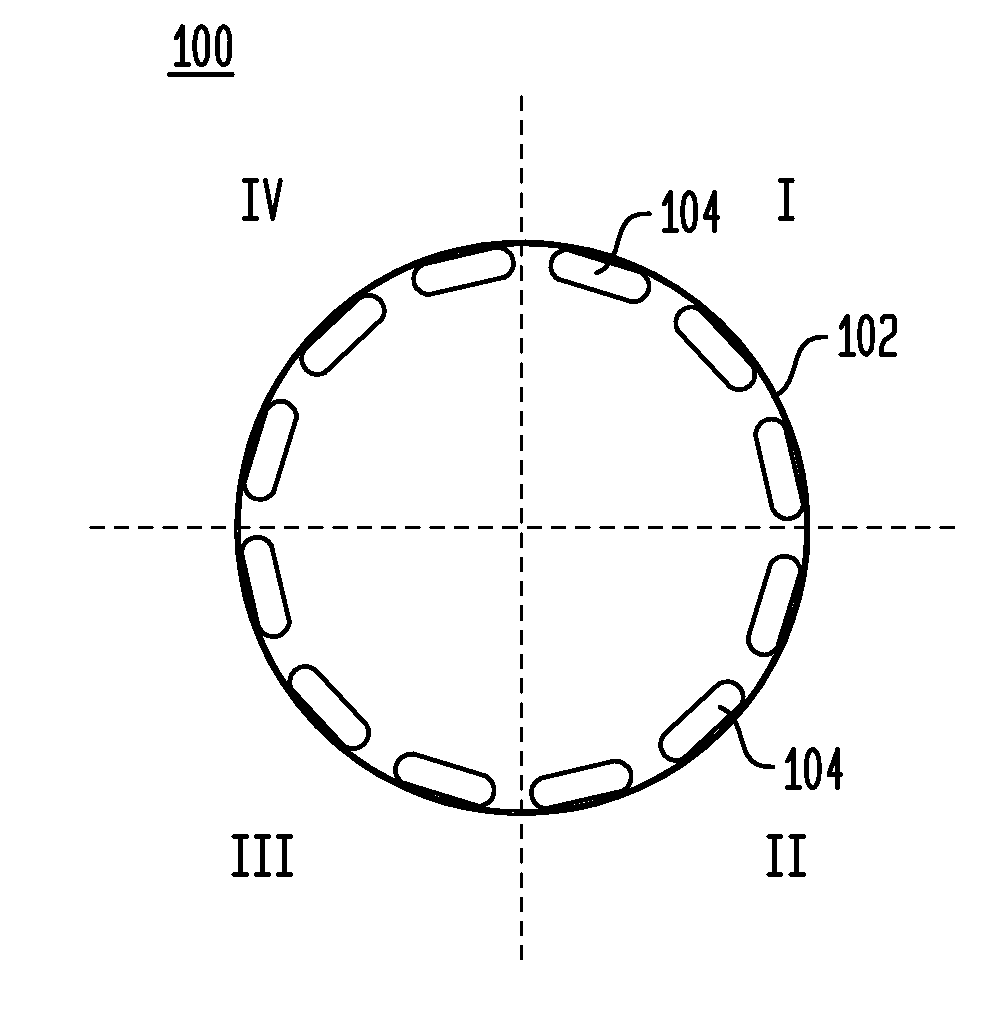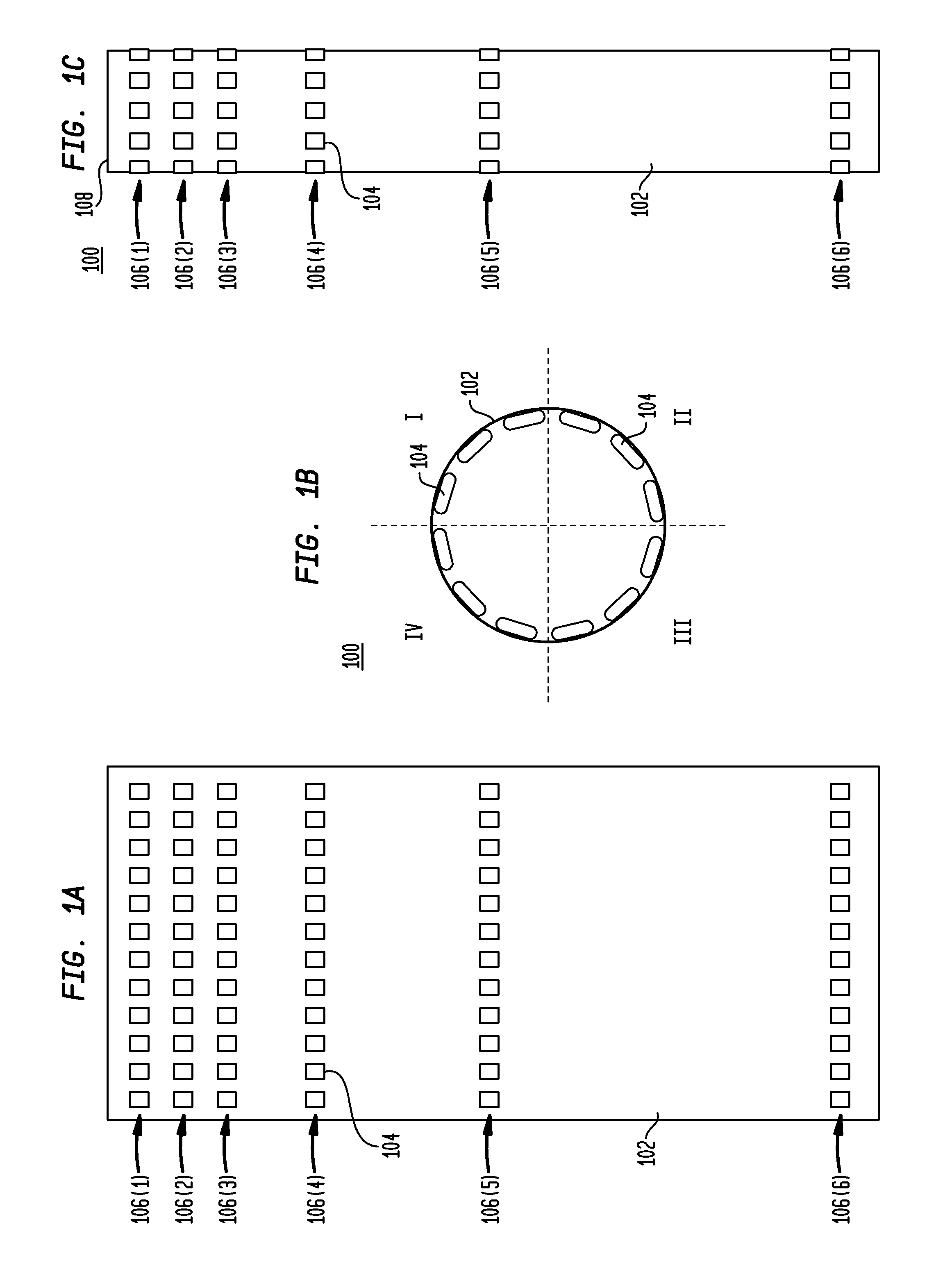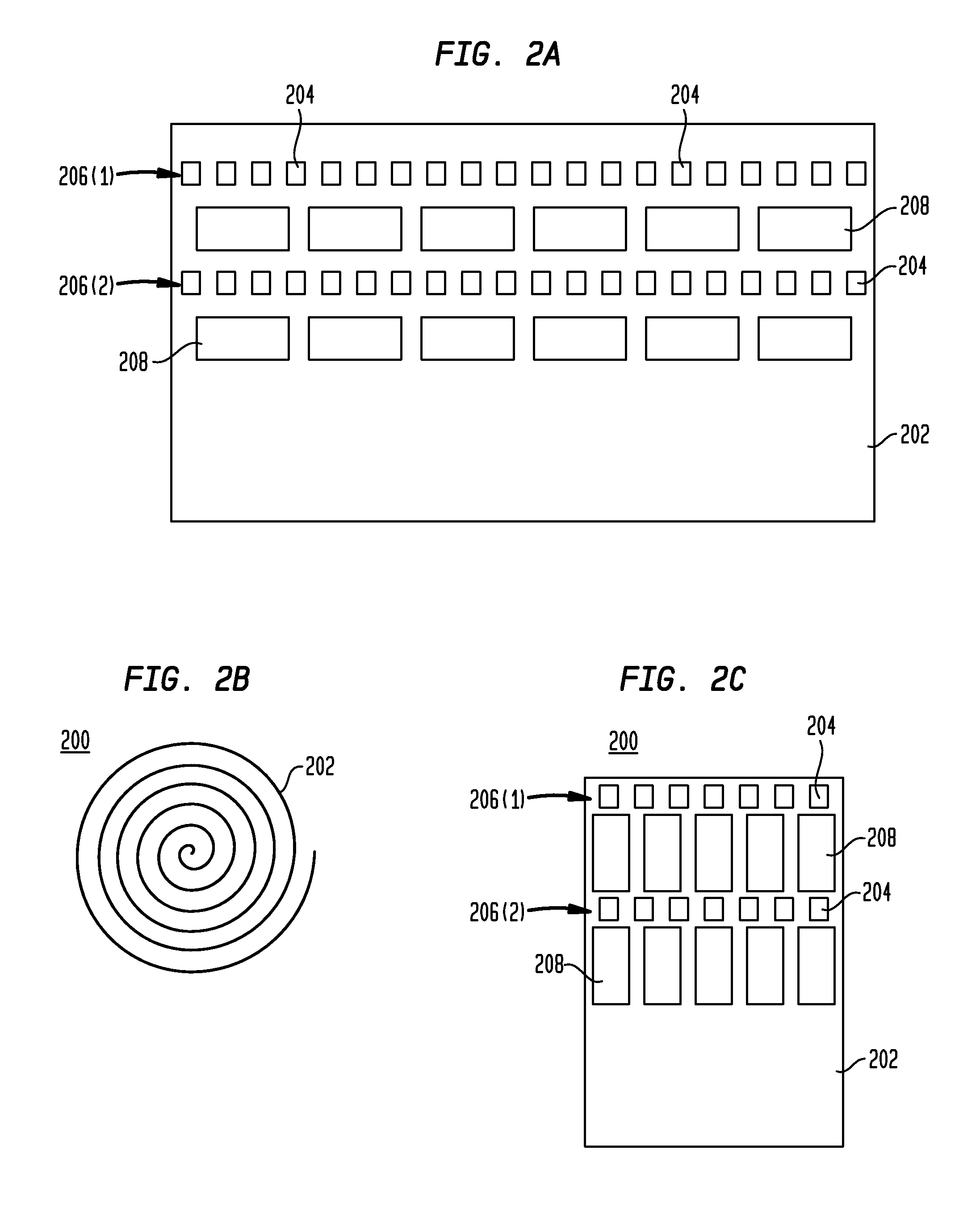Surface-Mounted Microphone Arrays on Flexible Printed Circuit Boards
a flexible printed circuit board and microphone technology, applied in the field of audio engineering, can solve the problem of limiting the array geometry to planar configurations of the array manifold
- Summary
- Abstract
- Description
- Claims
- Application Information
AI Technical Summary
Benefits of technology
Problems solved by technology
Method used
Image
Examples
Embodiment Construction
Flexible PCBs and Microphone Arrays
[0017]Flexible PCB technology using layers of copper traces and insulating films have become a standard way for designers to connect other subsystems needing a large number of connections in tight spaces. Miniaturized devices use this technology to pack the entire volume of the device as much as possible.
[0018]Flexible PCBs have layers of copper wedged in between layers of insulating film. The insulating layers are commonly made from polyimide films, such as (but not limited to) Kapton® polyimide films from DuPont of Wilmington, Del. Flexible PCBs can currently be made with up to about six layers, with the bending stiffness increasing as the number of layers increases.
[0019]Flexible PCBs can be populated with components using standard pick-and-place PCB-manufacturing equipment. Solder connection of the components to the boards is also done in a similar manner as for conventional, rigid PCBs. Flexible PCBs can be entirely flexible or can contain bot...
PUM
 Login to View More
Login to View More Abstract
Description
Claims
Application Information
 Login to View More
Login to View More - R&D
- Intellectual Property
- Life Sciences
- Materials
- Tech Scout
- Unparalleled Data Quality
- Higher Quality Content
- 60% Fewer Hallucinations
Browse by: Latest US Patents, China's latest patents, Technical Efficacy Thesaurus, Application Domain, Technology Topic, Popular Technical Reports.
© 2025 PatSnap. All rights reserved.Legal|Privacy policy|Modern Slavery Act Transparency Statement|Sitemap|About US| Contact US: help@patsnap.com



